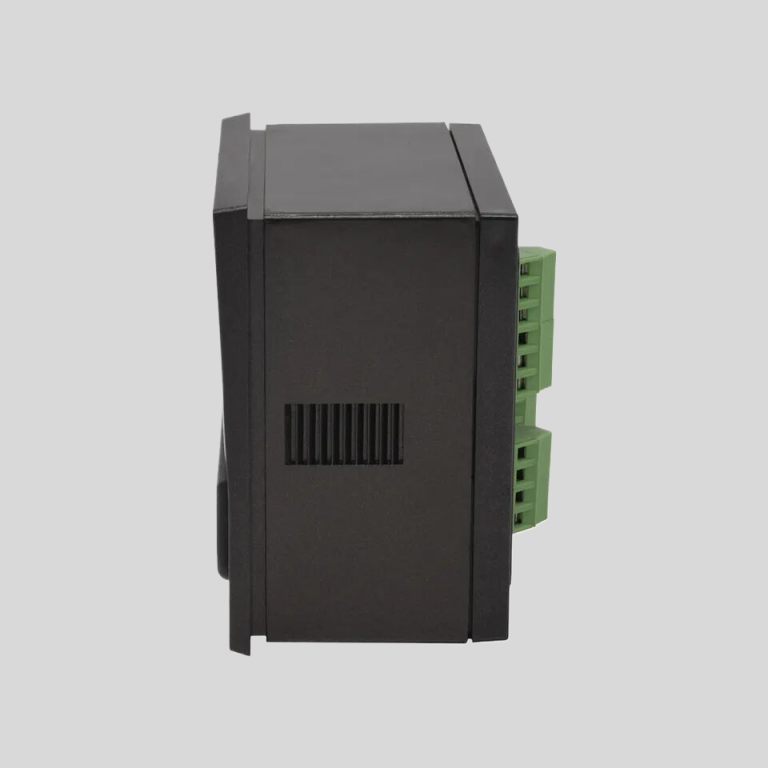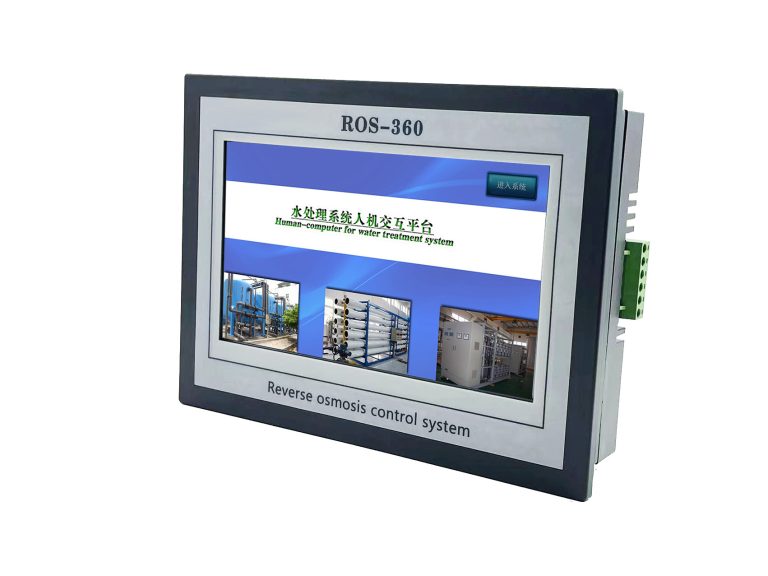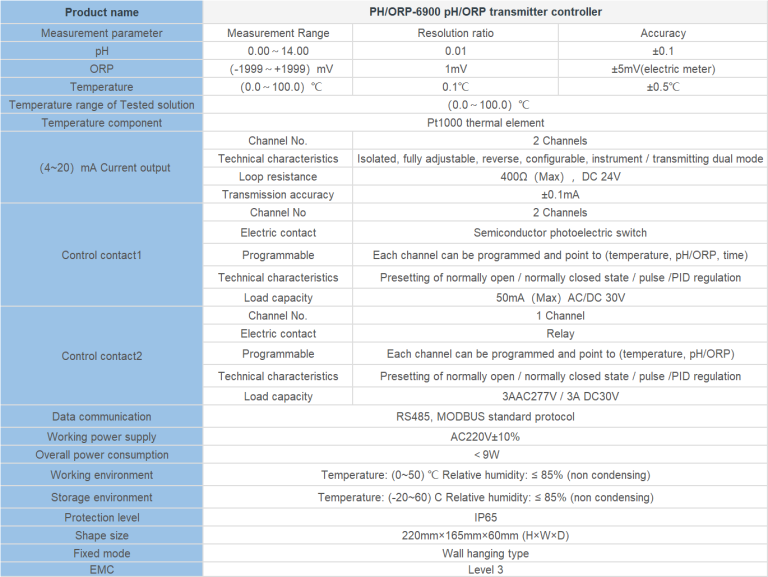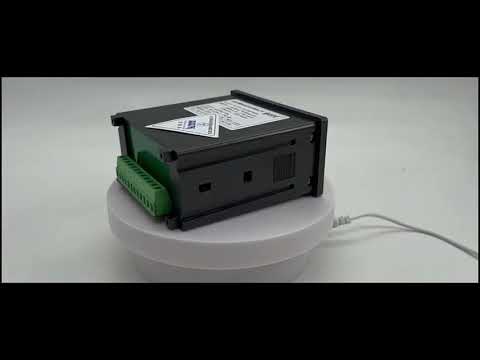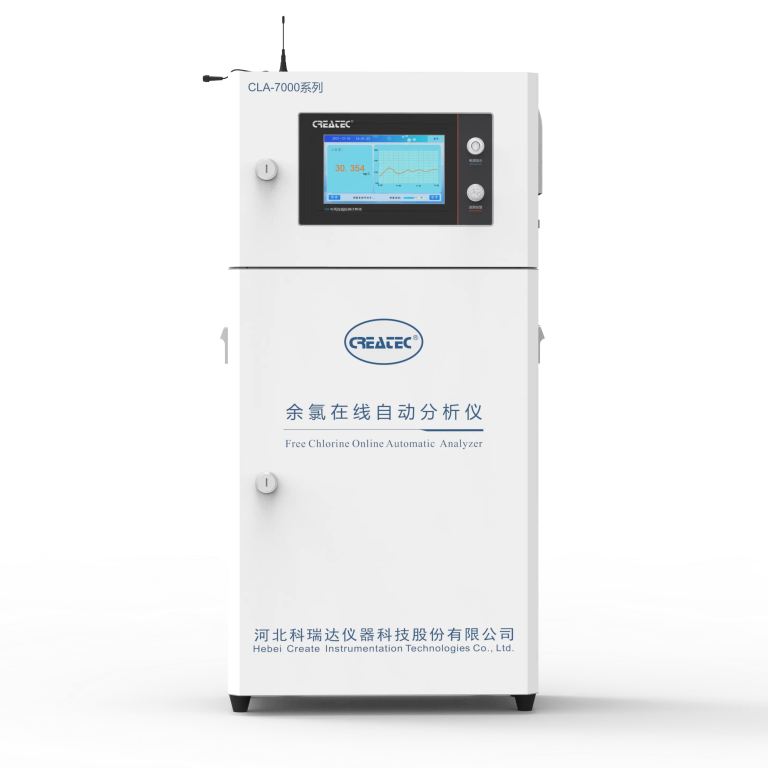Table of Contents
Benefits of Using an EC/TDS Meter for Hydroponic Gardening
An EC/TDS Meter is an essential tool for hydroponic gardening enthusiasts. This device measures the electrical conductivity (EC) and total dissolved solids (TDS) in a nutrient solution, providing valuable information about the nutrient levels in the water. By using an EC/TDS Meter, hydroponic gardeners can ensure that their plants are receiving the right amount of nutrients for optimal growth and health.
| ROS-8600 RO Program Control HMI Platform | ||
| Model | ROS-8600 Single Stage | ROS-8600 Double Stage |
| Measuring range | Source water0~2000uS/cm | Source water0~2000uS/cm |
| First level effluent 0~200uS/cm | First level effluent 0~200uS/cm | |
| secondary effluent 0~20uS/cm | secondary effluent 0~20uS/cm | |
| Pressure sensor(optional) | Membrane pre/post pressure | Primary/ secondary membrane front/rear pressure |
| ph sensor(optional) | —- | 0~14.00pH |
| Signal collection | 1.Raw water low pressure | 1.Raw water low pressure |
| 2.Primary booster pump inlet low pressure | 2.Primary booster pump inlet low pressure | |
| 3.Primary booster pump outlet high pressure | 3.Primary booster pump outlet high pressure | |
| 4.High liquid level of Level 1 tank | 4.High liquid level of Level 1 tank | |
| 5.Low liquid level of Level 1 tank | 5.Low liquid level of Level 1 tank | |
| 6.Preprocessing signal | 6.2nd booster pump outlet high pressure | |
| 7.Input standby ports x2 | 7.High liquid level of Level 2 tank | |
| 8.Low liquid level of Level 2 tank | ||
| 9.Preprocessing signal | ||
| 10.Input standby ports x2 | ||
| Output control | 1.Water inlet valve | 1.Water inlet valve |
| 2.Source water pump | 2.Source water pump | |
| 3.Primary booster pump | 3.Primary booster pump | |
| 4.Primary flush valve | 4.Primary flush valve | |
| 5.Primary dosing pump | 5.Primary dosing pump | |
| 6.Primary water over standard discharge valve | 6.Primary water over standard discharge valve | |
| 7.Alarm output node | 7.Secondary booster pump | |
| 8.Manual standby pump | 8.Secondary flush valve | |
| 9.Secondary dosing pump | 9.Secondary dosing pump | |
| Output standby port x2 | 10.Secondary water over standard discharge valve | |
| 11.Alarm output node | ||
| 12.Manual standby pump | ||
| Output standby port x2 | ||
| The main function | 1.Correction of electrode constant | 1.Correction of electrode constant |
| 2.Overrun alarm setting | 2.Overrun alarm setting | |
| 3.All working mode time can be set | 3.All working mode time can be set | |
| 4.High and low pressure flushing mode setting | 4.High and low pressure flushing mode setting | |
| 5.The low pressure pump is opened when preprocessing | 5.The low pressure pump is opened when preprocessing | |
| 6.Manual/automatic can be chosen when boot up | 6.Manual/automatic can be chosen when boot up | |
| 7.Manual debugging mode | 7.Manual debugging mode | |
| 8.Alarm if communication interruption | 8.Alarm if communication interruption | |
| 9. Urging payment settings | 9. Urging payment settings | |
| 10. Company name,website can be customized | 10. Company name,website can be customized | |
| Power supply | DC24V±10% | DC24V±10% |
| Expansion interface | 1.Reserved relay output | 1.Reserved relay output |
| 2.RS485 communication | 2.RS485 communication | |
| 3.Reserved IO port, analog module | 3.Reserved IO port, analog module | |
| 4.Mobile/computer/touch screen synchronous display | 4.Mobile/computer/touch screen synchronous display | |
| Relative humidity | ≦85% | ≤85% |
| Environment temperature | 0~50℃ | 0~50℃ |
| Touch screen size | 163x226x80mm (H x W x D) | 163x226x80mm (H x W x D) |
| Hole Size | 7 inch:215*152mm(wide*high) | 215*152mm(wide*high) |
| Controller size | 180*99(long*wide) | 180*99(long*wide) |
| Transmitter size | 92*125(long*wide) | 92*125(long*wide) |
| Installation method | Touch screen:panel embedded; Controller: plane fixed | Touch screen:panel embedded; Controller: plane fixed |
| Product name | PH/ORP-6900 pH/ORP transmitter controller | ||
| Measurement parameter | Measurement Range | Resolution ratio | Accuracy |
| pH | 0.00~14.00 | 0.01 | ±0.1 |
| ORP | (-1999~+1999)mV | 1mV | ±5mV(electric meter) |
| Temperature | (0.0~100.0)℃ | 0.1℃ | ±0.5℃ |
| Temperature range of Tested solution | (0.0~100.0)℃ | ||
| Temperature component | Pt1000 thermal element | ||
| (4~20)mA Current output | Channel No. | 2 Channels | |
| Technical characteristics | Isolated, fully adjustable, reverse, configurable, instrument / transmitting dual mode | ||
| Loop resistance | 400Ω(Max),DC 24V | ||
| Transmission accuracy | ±0.1mA | ||
| Control contact1 | Channel No | 2 Channels | |
| Electric contact | Semiconductor photoelectric switch | ||
| Programmable | Each channel can be programmed and point to (temperature, pH/ORP, time) | ||
| Technical characteristics | Presetting of normally open / normally closed state / pulse /PID regulation | ||
| Load capacity | 50mA(Max)AC/DC 30V | ||
| Control contact2 | Channel No. | 1 Channel | |
| Electric contact | Relay | ||
| Programmable | Each channel can be programmed and point to (temperature, pH/ORP) | ||
| Technical characteristics | Presetting of normally open / normally closed state / pulse /PID regulation | ||
| Load capacity | 3AAC277V / 3A DC30V | ||
| Data communication | RS485, MODBUS standard protocol | ||
| Working power supply | AC220V±10% | ||
| Overall power consumption | <9W | ||
| Working environment | Temperature: (0~50) ℃ Relative humidity: ≤ 85% (non condensing) | ||
| Storage environment | Temperature: (-20~60) C Relative humidity: ≤ 85% (non condensing) | ||
| Protection level | IP65 | ||
| Shape size | 220mm×165mm×60mm (H×W×D) | ||
| Fixed mode | Wall hanging type | ||
| EMC | Level 3 | ||
One of the key benefits of using an EC/TDS Meter is the ability to monitor and adjust nutrient levels in real-time. By regularly testing the nutrient solution with the meter, gardeners can quickly identify any imbalances or deficiencies and make the necessary adjustments. This proactive approach helps prevent nutrient-related issues such as nutrient burn or nutrient lockout, which can negatively impact plant growth and yield.
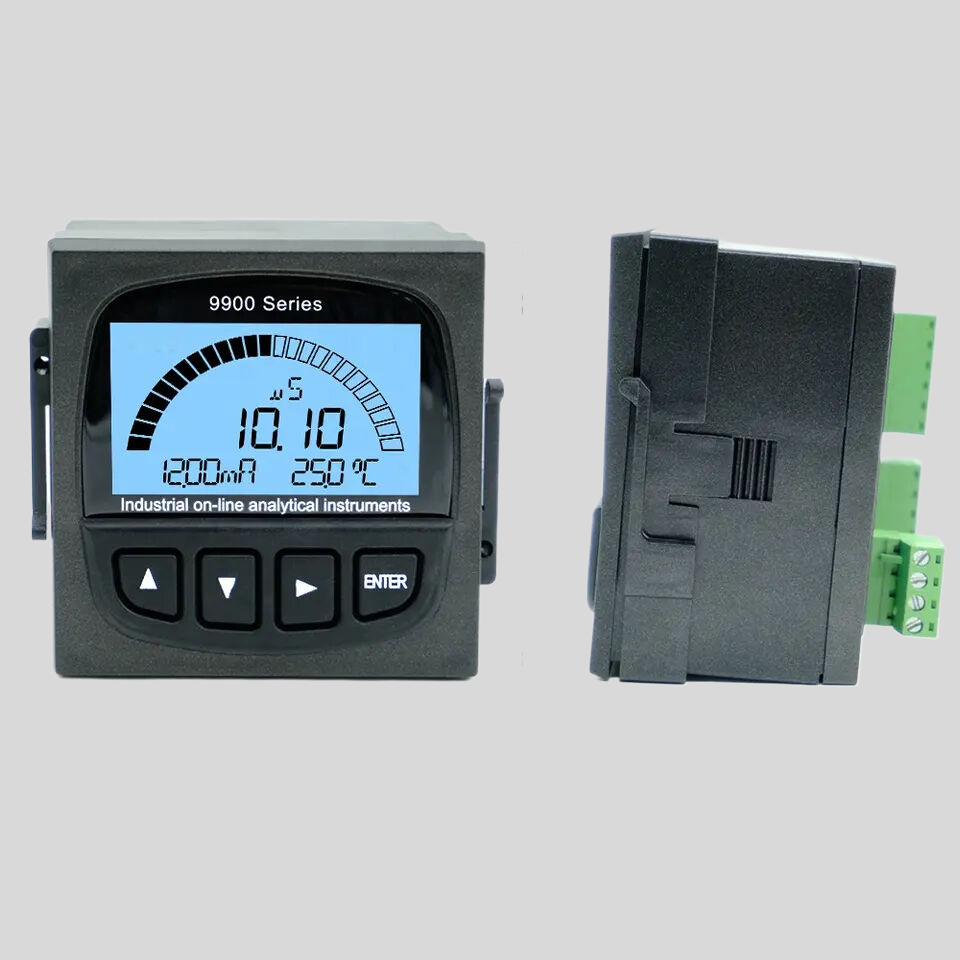
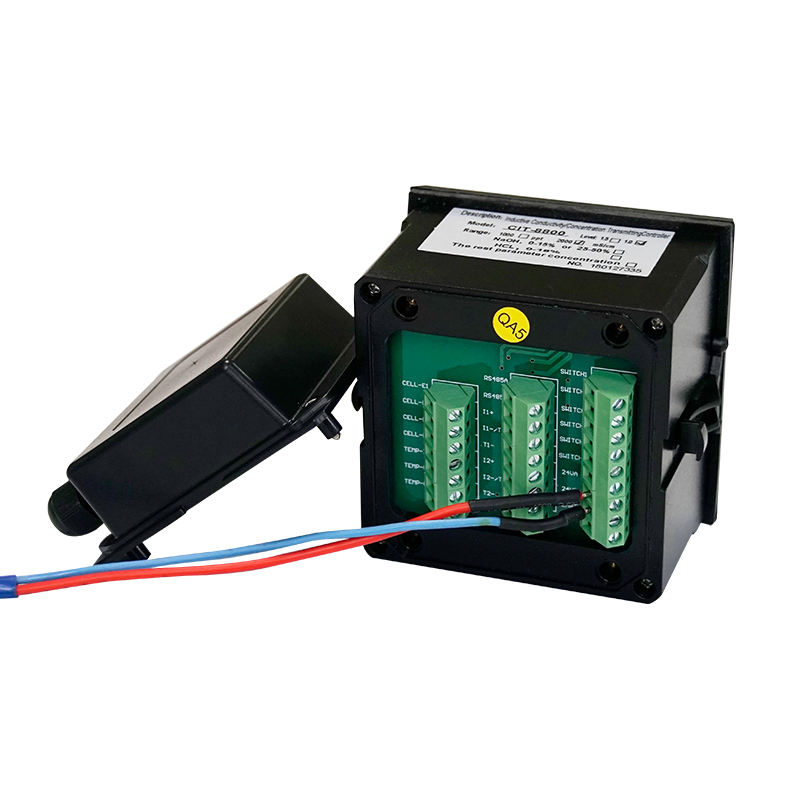
In addition to monitoring nutrient levels, an EC/TDS Meter can also help gardeners track the overall health of their plants. By measuring the EC and TDS levels in the nutrient solution, gardeners can assess how well their plants are absorbing nutrients and adjust their feeding schedule accordingly. This data can also be used to identify any potential problems early on, allowing gardeners to take corrective action before it’s too late.
Another benefit of using an EC/TDS Meter is the ability to save time and money. By accurately measuring nutrient levels, gardeners can avoid overfeeding or underfeeding their plants, which can lead to wasted nutrients and poor plant performance. Additionally, by monitoring nutrient levels with an EC/TDS Meter, gardeners can optimize their feeding schedule and reduce the risk of nutrient-related issues, saving time and money in the long run.
Furthermore, an EC/TDS Meter can help gardeners achieve more consistent and predictable results. By maintaining optimal nutrient levels throughout the growing cycle, gardeners can ensure that their plants receive the nutrients they need to thrive. This consistency can lead to healthier plants, higher yields, and better overall crop quality.
In conclusion, an EC/TDS Meter is a valuable tool for hydroponic gardeners looking to optimize their nutrient management practices. By monitoring nutrient levels in real-time, gardeners can ensure that their plants are receiving the right amount of nutrients for optimal growth and health. Additionally, an EC/TDS Meter can help gardeners track plant health, save time and money, and achieve more consistent results. Overall, investing in an EC/TDS Meter is a wise decision for any hydroponic gardener looking to take their growing operation to the next level.
How to Calibrate and Maintain Your EC/TDS Meter for Accurate Readings
An EC/TDS Meter is an essential tool for anyone involved in hydroponics, aquaponics, or any other form of indoor gardening. These meters measure the electrical conductivity (EC) or total dissolved solids (TDS) in a solution, providing valuable information about the nutrient levels in the water. However, in order to ensure accurate readings, it is important to calibrate and maintain your EC/TDS Meter regularly.
To calibrate your EC/TDS Meter, start by rinsing the probe with distilled water to remove any residue. Then, immerse the probe in the calibration solution and adjust the meter according to the instructions provided. Once the meter is calibrated, rinse the probe again with distilled water to remove any traces of the calibration solution.
In addition to calibrating your EC/TDS Meter, it is important to maintain the probe properly to ensure accurate readings. This includes regularly cleaning the probe with a soft brush or cloth to remove any buildup of salts or other contaminants. It is also important to store the probe properly when not in use, in a storage solution or in a protective case to prevent damage.
Regular maintenance of your EC/TDS Meter will not only ensure accurate readings but also prolong the life of the meter. By following these simple steps, you can ensure that your meter continues to provide reliable information about the nutrient levels in your water.
In conclusion, calibrating and maintaining your EC/TDS Meter is essential for accurate readings in indoor gardening. By following the steps outlined in this article, you can ensure that your meter continues to provide reliable information about the nutrient levels in your water. Remember to calibrate your meter regularly and to clean and store the probe properly to prolong its life. With proper care and maintenance, your EC/TDS Meter will continue to be a valuable tool in your gardening arsenal.

